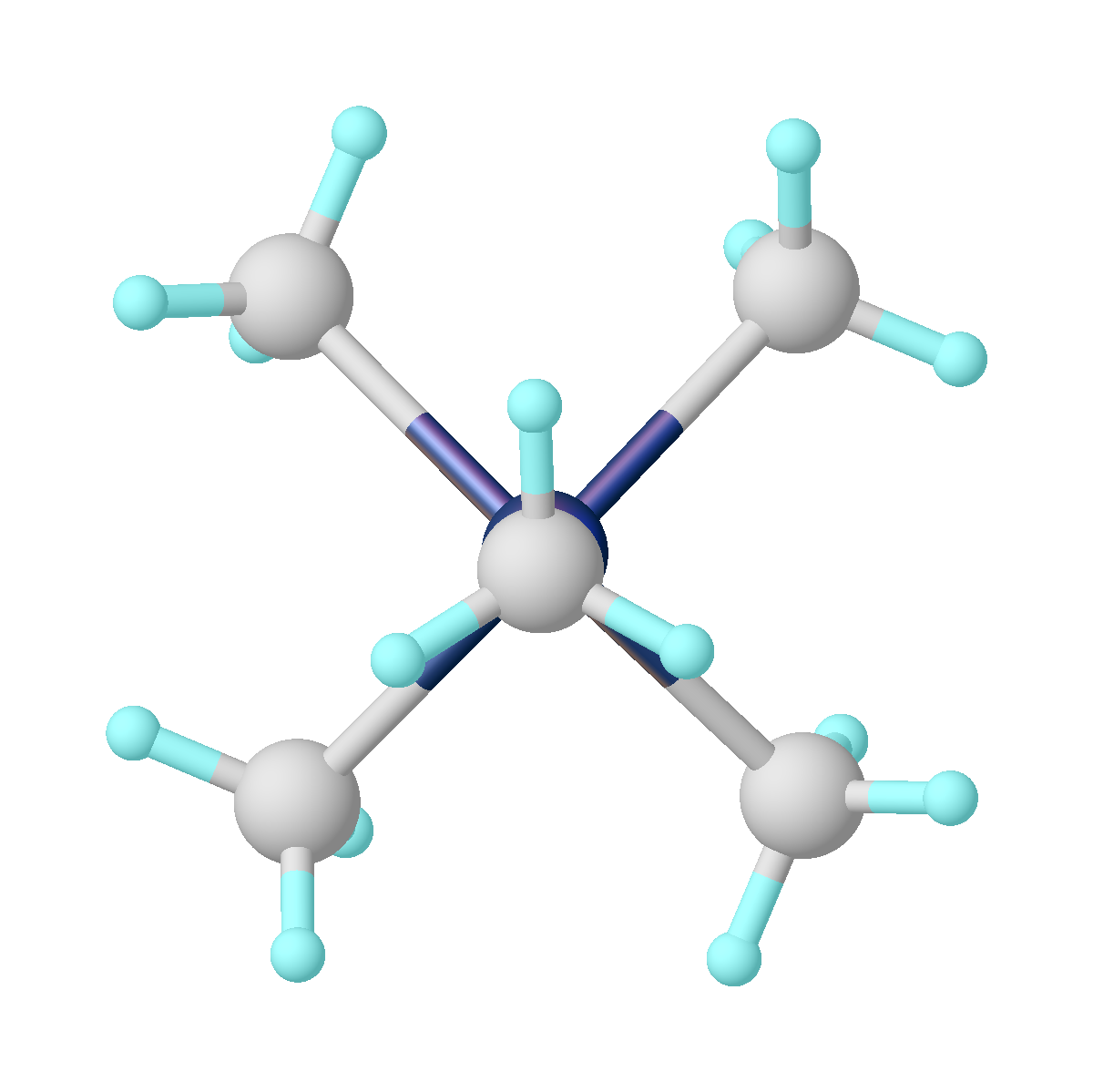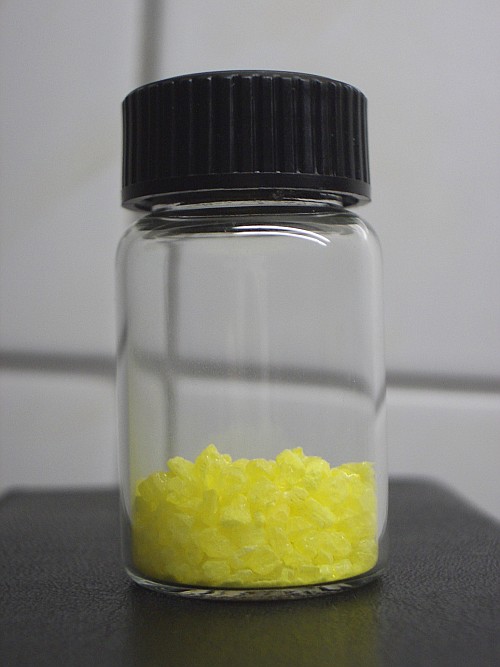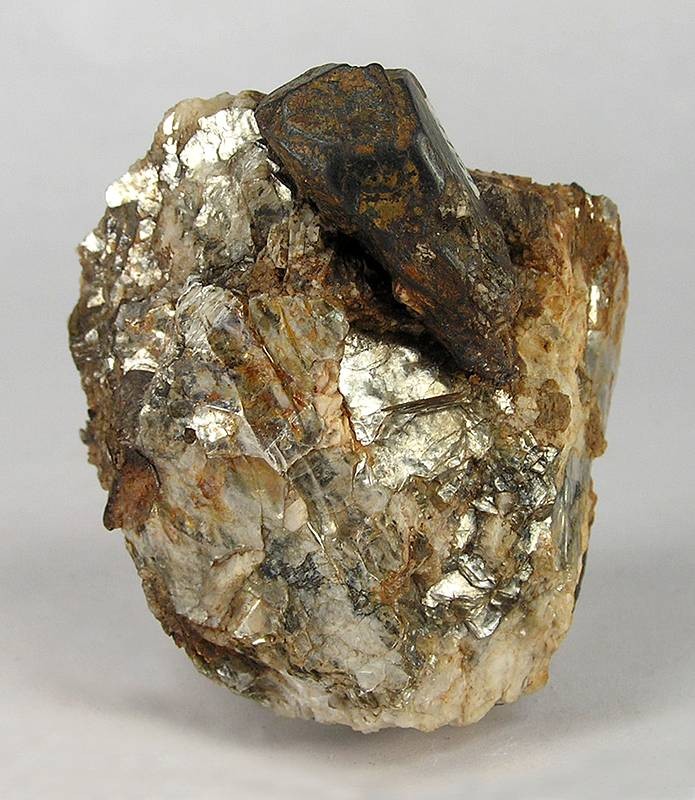|
Tantalum
Tantalum is a chemical element with the symbol Ta and atomic number 73. Previously known as ''tantalium'', it is named after Tantalus, a villain in Greek mythology. Tantalum is a very hard, ductile, lustrous, blue-gray transition metal that is highly corrosion-resistant. It is part of the refractory metals group, which are widely used as components of strong high-melting-point alloys. It is a group 5 element, along with vanadium and niobium, and it always occurs in geologic sources together with the chemically similar niobium, mainly in the mineral groups tantalite, columbite and coltan. The chemical inertness and very high melting point of tantalum make it valuable for laboratory and industrial equipment such as reaction vessels and vacuum furnaces. It is used in tantalum capacitors for electronic equipment such as computers. Tantalum is considered a technology-critical element by the European Commission. History Tantalum was discovered in Sweden in 1802 by Anders Ekeberg, ... [...More Info...] [...Related Items...] OR: [Wikipedia] [Google] [Baidu] |
Tantalum Capacitor
A tantalum electrolytic capacitor is an electrolytic capacitor, a passive component of electronic circuits. It consists of a pellet of porous tantalum metal as an anode, covered by an insulating oxide layer that forms the dielectric, surrounded by liquid or solid electrolyte as a cathode. Because of its very thin and relatively high permittivity dielectric layer, the tantalum capacitor distinguishes itself from other conventional and electrolytic capacitors in having high capacitance per volume (high volumetric efficiency) and lower weight. Tantalum is a conflict mineral. Tantalum electrolytic capacitors are considerably more expensive than comparable aluminum electrolytic capacitors. Tantalum capacitors are inherently polarized components. Reverse voltage can destroy the capacitor. Non-polar or bipolar tantalum capacitors are made by effectively connecting two polarized capacitors in series, with the anodes oriented in opposite directions. Basic information Basic principle E ... [...More Info...] [...Related Items...] OR: [Wikipedia] [Google] [Baidu] |
Coltan
Coltan (short for columbite–tantalites and known industrially as tantalite) is a dull black metallic ore from which the elements niobium and tantalum are extracted. The niobium-dominant mineral in coltan is columbite (after niobium's original American name ''columbium''), and the tantalum-dominant mineral is the tantalite. Tantalum from coltan is used to manufacture tantalum capacitors which are used for mobile phones, personal computers, automotive electronics, and cameras. Coltan mining is widespread in the Democratic Republic of Congo. Production and supply Approximately 71% of the global tantalum supply in 2008 was newly mined, 20% was from recycling, and the remainder was from tin slag and inventory. Tantalum minerals are mined in the Democratic Republic of the Congo, Colombia, Rwanda, Australia, Brazil, China, Ethiopia, and Mozambique. Tantalum is also produced in Thailand and Malaysia as a by-product of tin mining and smelting. Potential future mines, in descending ... [...More Info...] [...Related Items...] OR: [Wikipedia] [Google] [Baidu] |
Group 5 Element
Group 5 is a group of elements in the periodic table. Group 5 contains vanadium (V), niobium (Nb), tantalum (Ta) and dubnium (Db). This group lies in the d-block of the periodic table. This group is sometimes called the vanadium group or vanadium family after its lightest member; however, the group itself has not acquired a trivial name because it belongs to the broader grouping of the transition metals. "Group 5" is the new IUPAC name for this group; the old style name was "''group VB''" in the old US system (CAS) or "''group VA''" in the European system (old IUPAC). Group 5 must not be confused with the group with the old-style group crossed names of either ''VA'' (US system, CAS) or ''VB'' (European system, old IUPAC). ''That'' group is now called the pnictogens or group 15. As is typical for early transition metals, niobium and tantalum have only the group oxidation state of +5 as a major one, and are quite electropositive and have a less rich coordination chemistry. Due t ... [...More Info...] [...Related Items...] OR: [Wikipedia] [Google] [Baidu] |
Anders Ekeberg
Anders Gustaf Ekeberg ( Stockholm, Sweden, 16 January 1767 – Uppsala, Sweden, 11 February 1813) was a Swedish analytical chemist who discovered tantalum in 1802. - subscription required He was notably deaf. Education Anders Gustav Ekeberg was a Swedish scientist, mathematician and expert in Greek literature. His father, Joseph Erik Ekeberg, was a shipbuilder. His uncle was Carl Gustaf Ekeberg. Anders Gustav Ekeberg attended school at Kalmar, Söderåkra, Vestervik, and Karlskrona. He was a gifted student and enrolled at Uppsala University in 1784, graduating in 1788. His thesis addressed the extraction of oils from seeds. In 1789 and 1790, he traveled and studied in Germany, hearing Martin Heinrich Klaproth lecture in Berlin as well as Christian Ehrenfried Weigel in Greifswald. Career In 1794, Anders Gustav Ekeberg began teaching at Uppsala. He was a supporter of Antoine Lavoisier's proposals for systematizing chemical nomenclature. In 1795 he and Pehr von Afzeliu ... [...More Info...] [...Related Items...] OR: [Wikipedia] [Google] [Baidu] |
Columbium
Niobium is a chemical element with chemical symbol Nb (formerly columbium, Cb) and atomic number 41. It is a light grey, crystalline, and ductile transition metal. Pure niobium has a Mohs hardness rating similar to pure titanium, and it has similar ductility to iron. Niobium oxidizes in Earth's atmosphere very slowly, hence its application in jewelry as a hypoallergenic alternative to nickel. Niobium is often found in the minerals pyrochlore and columbite, hence the former name "columbium". Its name comes from Greek mythology: Niobe, daughter of Tantalus, the namesake of tantalum. The name reflects the great similarity between the two elements in their physical and chemical properties, which makes them difficult to distinguish. English chemist Charles Hatchett reported a new element similar to tantalum in 1801 and named it columbium. In 1809, English chemist William Hyde Wollaston wrongly concluded that tantalum and columbium were identical. German chemist Heinrich Rose determin ... [...More Info...] [...Related Items...] OR: [Wikipedia] [Google] [Baidu] |
Niobium
Niobium is a chemical element with chemical symbol Nb (formerly columbium, Cb) and atomic number 41. It is a light grey, crystalline, and ductile transition metal. Pure niobium has a Mohs hardness rating similar to pure titanium, and it has similar ductility to iron. Niobium oxidizes in Earth's atmosphere very slowly, hence its application in jewelry as a hypoallergenic alternative to nickel. Niobium is often found in the minerals pyrochlore and columbite, hence the former name "columbium". Its name comes from Greek mythology: Niobe, daughter of Tantalus, the namesake of tantalum. The name reflects the great similarity between the two elements in their physical and chemical properties, which makes them difficult to distinguish. English chemist Charles Hatchett reported a new element similar to tantalum in 1801 and named it columbium. In 1809, English chemist William Hyde Wollaston wrongly concluded that tantalum and columbium were identical. German chemist Heinrich Rose determin ... [...More Info...] [...Related Items...] OR: [Wikipedia] [Google] [Baidu] |
Refractory Metals
Refractory metals are a class of metals that are extraordinarily resistant to heat and wear. The expression is mostly used in the context of materials science, metallurgy and engineering. The definition of which elements belong to this group differs. The most common definition includes five elements: two of the fifth period (niobium and molybdenum) and three of the sixth period (tantalum, tungsten, and rhenium). They all share some properties, including a melting point above 2000 °C and high hardness at room temperature. They are chemically inert and have a relatively high density. Their high melting points make powder metallurgy the method of choice for fabricating components from these metals. Some of their applications include tools to work metals at high temperatures, wire filaments, casting molds, and chemical reaction vessels in corrosive environments. Partly due to the high melting point, refractory metals are stable against creep deformation to very high temperatu ... [...More Info...] [...Related Items...] OR: [Wikipedia] [Google] [Baidu] |
Tantalite
The mineral group tantalite Fe,_manganese.html"_;"title="iron.html"_;"title="iron">Fe,_manganese">Mn)Tantalum">Ta2oxygen.html" ;"title="manganese">Mn)Tantalum.html" ;"title="iron">Fe,_manganese.html" ;"title="iron.html" ;"title="iron">Fe, manganese">Mn)Tantalum">Ta2oxygen">O6] is the primary source of the chemical element tantalum, a corrosion (heat and acid) resistant metal. It is chemically similar to ''columbite'', and the two are often grouped together as a semi-singular mineral called coltan or "columbite-tantalite" in many mineral guides. However, tantalite has a much greater specific gravity than columbite (8.0+ compared to columbite's 5.2). Iron-rich tantalite is the mineral tantalite-(Fe) or ''ferrotantalite'' and manganese-rich is tantalite-(Mn) or ''manganotantalite''. Tantalite is also very close to ''tapiolite''. Those minerals have the same chemical composition, but different crystal symmetry: orthorhombic for tantalite and tetragonal for tapiolite. Tantalite is b ... [...More Info...] [...Related Items...] OR: [Wikipedia] [Google] [Baidu] |
Heinrich Rose
Heinrich Rose (6 August 1795 – 27 January 1864) was a German mineralogist and analytical chemist. He was the brother of the mineralogist Gustav Rose and a son of Valentin Rose. Rose's early works on phosphorescence were noted in the Quarterly Journal of Science in 1821, and on the strength of these works, he was elected privatdozent at the University of Berlin from 1822, then Professor from 1832. In 1846 Rose rediscovered the chemical element niobium, proving conclusively that it was different from tantalum. This confirmed that Charles Hatchett had discovered niobium in 1801 in columbite ore. Hatchett had named the new element "columbium", from the ore in which niobium and tantalum coexist. The element was eventually assigned the name niobium by the IUPAC in 1950 after Niobe, the daughter of Tantalus in Greek mythology. In 1845 Rose published the discovery of a new element pelopium, which he had found in the mineral tantalite. After subsequent research pelopium was ident ... [...More Info...] [...Related Items...] OR: [Wikipedia] [Google] [Baidu] |
Symbol (chemistry)
Chemical symbols are the abbreviations used in chemistry for chemical elements, functional groups and chemical compounds. Element symbols for chemical elements normally consist of one or two letters from the Latin alphabet and are written with the first letter capitalised. History Earlier symbols for chemical elements stem from classical Latin and Greek vocabulary. For some elements, this is because the material was known in ancient times, while for others, the name is a more recent invention. For example, Pb is the symbol for lead (''plumbum'' in Latin); Hg is the symbol for mercury (''hydrargyrum'' in Greek); and He is the symbol for helium (a new Latin name) because helium was not known in ancient Roman times. Some symbols come from other sources, like W for tungsten (''Wolfram'' in German) which was not known in Roman times. A three-letter temporary symbol may be assigned to a newly synthesized (or not yet synthesized) element. For example, "Uno" was the temporary symbol fo ... [...More Info...] [...Related Items...] OR: [Wikipedia] [Google] [Baidu] |
Technology-critical Element
A technology-critical element (TCE) is a chemical element that is critical to modern and emerging technologies. Technology-critical elements are elements for which a striking acceleration in usage has emerged, relative to past consumption. Many advanced engineering applications, such as clean-energy production, communications and computing, use emergent technologies that utilize numerous chemical elements. Other similar terms used in literature include: critical elements, critical materials, critical raw materials, energy critical elements and elements of security. In 2013, the U.S. Department of Energy (DOE) created the Critical Materials Institute (CMI) to address the issue. In 2015, the European COST Action TD1407 created a network of scientists working and interested on TCEs, from an environmental perspective to potential human health threats. A study estimated losses of 61 metals to help the development of circular economy strategies, showing that usespans of, often scarce, t ... [...More Info...] [...Related Items...] OR: [Wikipedia] [Google] [Baidu] |
Columbite
Columbite, also called niobite, niobite-tantalite and columbate [], is a black mineral group that is an ore of niobium. It has a submetallic Lustre (mineralogy), luster and a high density and is a niobate of iron and manganese. This mineral group was first found in Haddam, Connecticut, in the United States. It forms a series with the tantalum-dominant analogue ferrotantalite and one with the manganese-dominant analogue manganocolumbite. The iron-rich member of the columbite group is ferrocolumbite. Some tin and tungsten may be present in the mineral. Yttrocolumbite is the yttrium-rich columbite with the formula . It is a radioactive mineral found in Mozambique. Columbite has the same composition and crystal symmetry (orthorhombic) as tantalite. In fact, the two are often grouped together as a semi-singular mineral series called columbite-tantalite or coltan in many mineral guides. However, tantalite has a much greater specific gravity than columbite, more than 8.0 compared to colum ... [...More Info...] [...Related Items...] OR: [Wikipedia] [Google] [Baidu] |




-252549.jpg)



